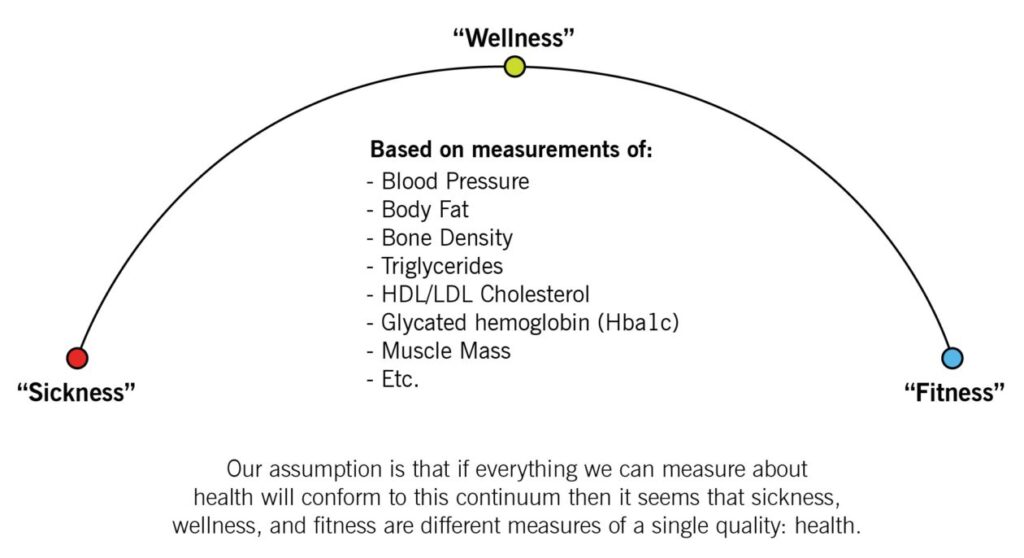The field of mental healthcare has undergone some pretty radical shifts in the past few years. The COVID-19 pandemic, social unrest, polarization, and isolation, among other things, have led to a mental illness epidemic and people are pretty aware of it. An unexpected upside of this is that we’re more openly having conversations about important topics related to mental health. People are quite open about their own mental health and much less reluctant to go to or talk about therapy. We’re all a lot more aware of our mental health, but do we actually know what achieving mental health would look like for us?
There’s no shortage of YouTube videos, articles, and other quickly digestible content out there from TikTok to the memes on our feeds telling us about mental health. Like every other topic that floods our social media feeds, it can be a challenge to sift out what’s truth and worth taking in and what’s not. Every video and meme comes with an explicit or implicit assumption about what mental health is, what we should be striving for. So, what’s the “right answer”? How do we know when we’re mentally healthy? In one sense, I’d say we could be helped by zooming out and asking a broader question: what is health?
What Health Actually Is
Recently, I started working with a nonprofit that works to foster resilience and fitness in youth who otherwise wouldn’t have access to the kind of resources that Forging Youth Resilience provides. It’s a way to connect my work as a therapist to my passion for CrossFit. Within the CrossFit community, there’s a model of understanding health that I think might be helpful in answering our question.

Whatever metric we’re looking at, exists on a spectrum. Let’s take blood pressure for example. If I have a BP reading of 115/70 (“Fit”), I’m going to pass through “normal” and be at say 125/80 long before I’m at 150/90 (“sick”) and likewise if I’m going the other direction and I’m sick, I’m going to be average or “normal” before I find myself on the “fit” end of the spectrum.
One of the helpful things this does when it comes to my health, is that it gets me away from thinking in all or nothing either/or categories. It’s a lot easier for me to maintain a growth mindset and hold a stance of both self-compassion and self-improvement towards myself when I’m thinking in terms of a continuum. I’d argue that thinking about our mental health as a continuum can help us in the same way. We’re much more likely to have a helpful and sustainable approach to our mental health when we think of it in terms of the direction we’re moving in rather than some destination that we need to “arrive” at.
Understanding the Integrated Being
Another piece that needs to be mentioned here is that all of these areas where we could measure “health”: physical, emotional, psychological, relational etc. are all interconnected. Back in 2016 I was introduced to a wave of newer therapies called somatic therapies and started training in Somatic Experiencing specifically. What I learned as I studied and read the research, is that things like trauma and resilience are much more neurological than what I and many others had previously thought.
Likewise, when we’re able to stay mentally present and actively in the present moment, it helps us regulate our emotions and have healthier relationships. In short, we’re integrated beings. We don’t exist in neat little compartments with our mental health in one, relationships in another, and physical health in yet another. So, when we think about our mental health, it’s important to see the bigger context: what direction are things moving in overall and what can I affect that will make the biggest or most needed impact?
What Does Movement Look Like Right Now?
Sometimes moving in the direction of mental health means simply getting up and moving around, connecting to our bodies more, or being in nature. Sometimes it means attending to our social environment and setting appropriate boundaries with people that support us in moving in the right direction. It could involve medication or therapy, or it could be something as simple as managing our time and emotional resources differently. The key thing is not falling into the trap of thinking that mental health is something we need to “arrive at”.
